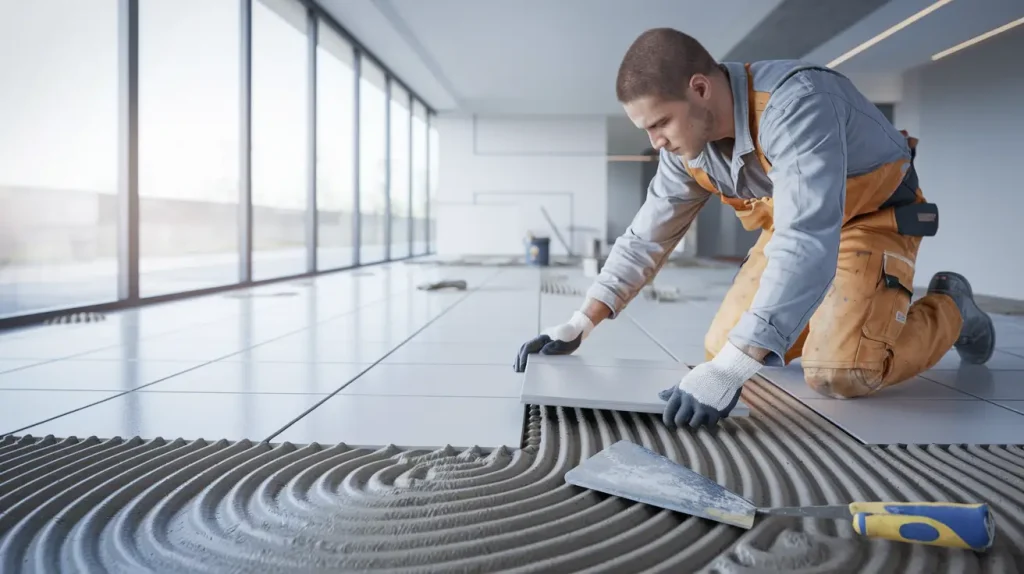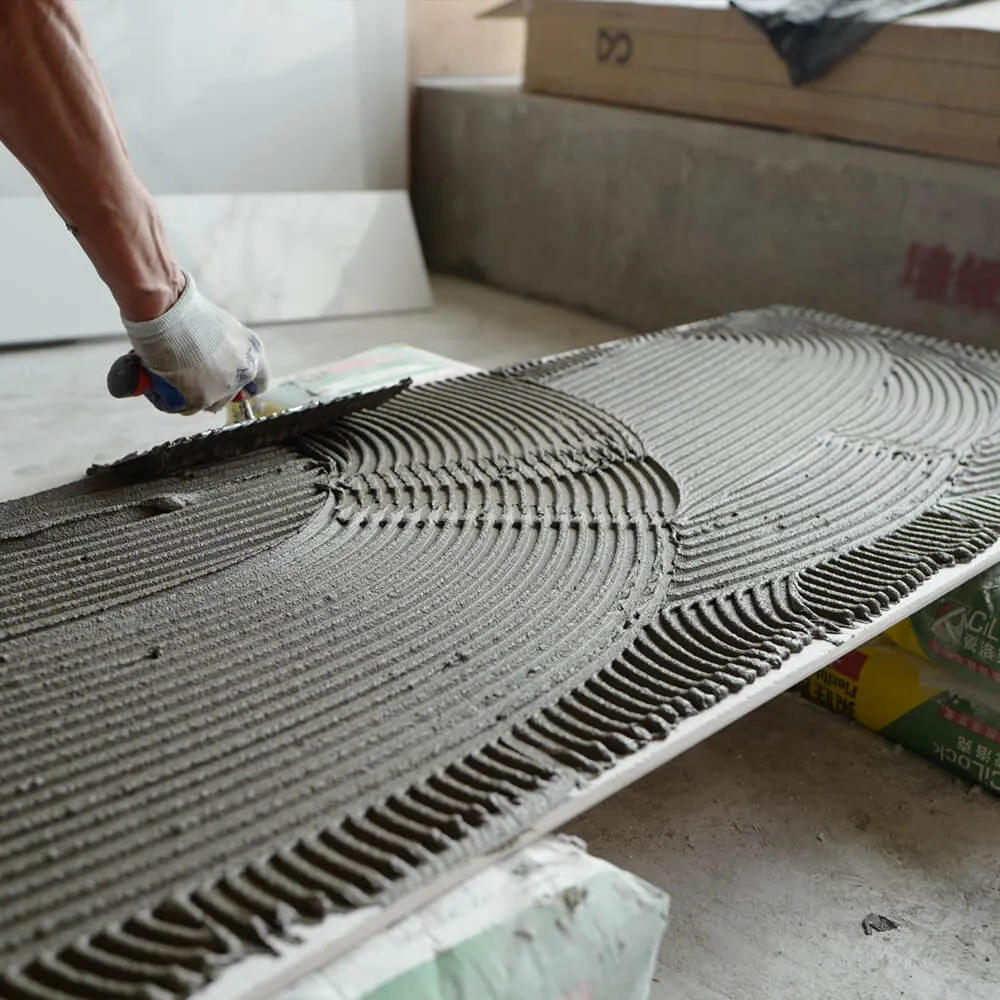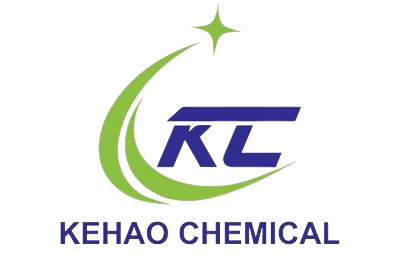When buildings crack or tiles fall off, the cause is often weak mortar performance. Many construction companies face this problem daily. A small ingredient like RDP can completely change that.
Redispersible Polymer Powder (RDP) is a spray-dried polymer powder that improves adhesion, flexibility, and durability in cement-based mortars. It dissolves in water, forming a polymer emulsion that enhances tile adhesive, skim coats, and external insulation systems.

redispersible polymer powder
When I first learned about RDP, I realized it was not just a powder. It was a solution that helped construction companies cut rework, save costs, and improve building quality. If you want to understand why RDP is important, let’s dive deeper.
What Is Redispersible Polymer Powder and Why Does It Matter in Construction?
Many companies still wonder why RDP is used when cement and sand already seem strong. The truth is, cement alone does not solve all performance issues.
Redispersible Polymer Powder is a free-flowing powder made from polymer emulsions. It helps mortars gain better adhesion, flexibility, and crack resistance. It is widely used in tile adhesives, skim coats, putty powders, and insulation systems.

RDP in construction
Why RDP Changes Mortar Performance
When RDP is mixed into dry mortar, it turns into a polymer film during curing. This film creates strong internal bonds that normal cement cannot provide.
- Adhesion: Tiles stick firmly, reducing the risk of detachment.
- Flexibility: Mortar withstands thermal expansion and structural movement.
- Water Retention: Surfaces cure evenly, preventing cracks.
| Property | With RDP | Without RDP |
|---|---|---|
| Adhesion | High, bonds tiles strongly | Weak, risk of detachment |
| Flexibility | Resists cracks, adapts to stress | Brittle, prone to cracking |
| Water Retention | Holds moisture for curing | Dries too fast, weak structure |
| Durability | Long-lasting, weather-resistant | Short life, poor weather resistance |
For deeper reading, organizations like ASTM International have guidelines on polymer-modified mortars that confirm RDP’s importance.
How Is Redispersible Polymer Powder Manufactured?
For many, RDP seems like simple white powder. But the production process behind it is precise and complex.
Redispersible Polymer Powder is produced by spray drying water-based polymer emulsions. During this process, the emulsion turns into a fine powder that redisperses in water to form a stable polymer emulsion again.

RDP manufacturing
The Step-by-Step Process
-
Polymer Emulsion Preparation
The journey starts with creating a polymer emulsion. Common raw materials are vinyl acetate and ethylene. The emulsion must be stable and uniform, since this affects the final product quality. -
Spray Drying
The emulsion is fed into a spray dryer. Under high temperature and pressure, water evaporates quickly, leaving behind fine polymer particles. To prevent clumping, protective colloids like PVA (polyvinyl alcohol) are added. -
Powder Collection and Stabilization
The dried powder is collected, sieved, and stabilized. At this stage, moisture levels and particle size distribution are controlled, since they affect dispersibility and storage life. -
Quality Testing
Final RDP must be tested for viscosity, particle size, and performance in mortar. High-quality factories invest in automated lines and strict testing standards to ensure consistency.
| Production Step | Key Control Factor | Impact on Quality |
|---|---|---|
| Emulsion | Stability, composition | Adhesion and flexibility |
| Spray Drying | Temperature, airflow | Particle size, dispersibility |
| Stabilization | Protective colloid ratio | Storage and redispersibility |
| Testing | Viscosity, moisture | Reliability in real applications |
For technical detail, industry standards like EN 12004 define test methods for adhesives containing RDP.
Where Is RDP Commonly Used and What Benefits Does It Provide?
If you walk into any construction site today, you will likely find RDP-based materials. Its use is not a luxury anymore—it has become a standard.
Redispersible Polymer Powder is used in tile adhesive, skim coat, repair mortar, and EIFS (External Insulation and Finishing System). It provides stronger bonding, better water retention, crack resistance, and long-term durability.

RDP applications
Application Areas
- Tile Adhesive
RDP helps tiles bond even on difficult substrates like gypsum or plywood. It prevents tiles from falling off due to heat or moisture changes. - Skim Coat and Putty Powder
Walls become smoother and less prone to cracking. RDP ensures better adhesion between coatings and substrates. - Mortar and Repair Compounds
Cracks are reduced, and mortars gain higher impact resistance. - EIFS (External Insulation System)
RDP improves bonding between insulation boards and walls, while also resisting weather stress.
Benefits in Practice
- Stronger bonding with different substrates
- Higher flexibility and crack resistance
- Better water retention for smooth curing
- Long-term durability in harsh environments
| Application | Benefit with RDP |
|---|---|
| Tile Adhesive | Prevents detachment and increases bond strength |
| Skim Coat | Smooth finish, fewer cracks |
| Repair Mortar | Higher strength, crack resistance |
| EIFS | Strong adhesion, weather durability |
For more insights, resources like The Concrete Society explain the role of polymers in modern mortars.
Conclusion
RDP may look simple, but it changes how mortars perform. From tile adhesives to insulation systems, it ensures strength, flexibility, and durability in construction.



